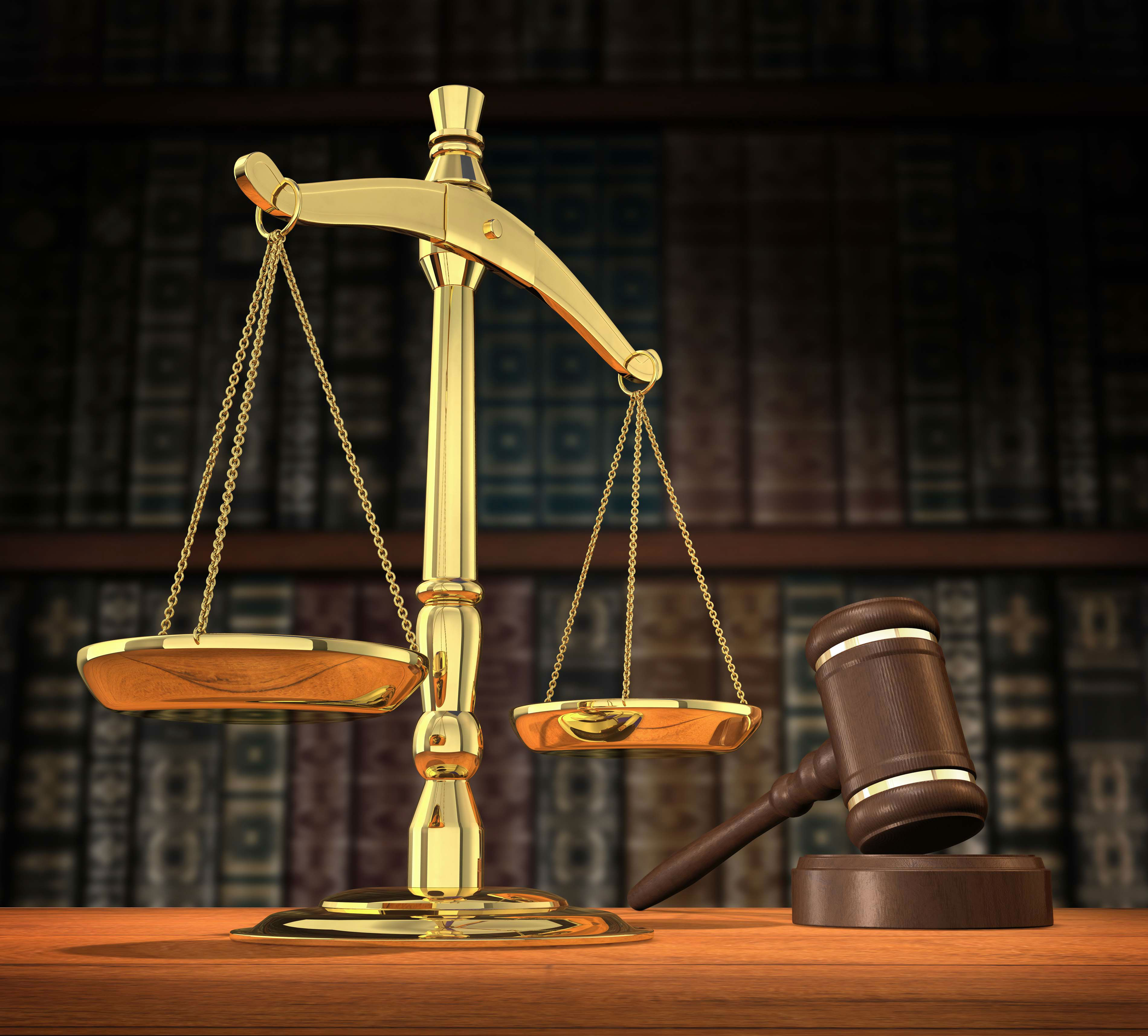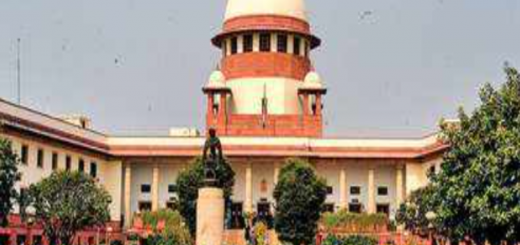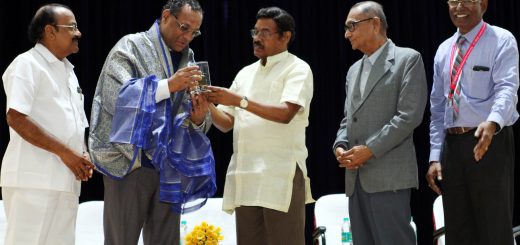How does the Judicial Power interpret laws, determine their meaning and settle disputes?

Judicial Power is the most prominent and significant section of Power Play. The judiciary (also known as the judicial system or court system) is the system of courts that interprets and utilizes the law. Judiciary is the combination of several legislators such as the judges, magistrates, adjudicators, and other support personnel who also run the operation. It is the power of a court to resolve and proclaim a judgment and transfer it into an impression between persons and parties who induce a case before it for decision. It is the right to determine actual disputes arising between distinct prosecutions, rightfully instituted in courts of peculiar jurisdiction.

Judicial interpretation has done in distinct ways in different states, countries, and areas by several judges. Judges are the ones who decipher the laws and refer to them as the interpretation.
In the interpretation, the judges work accordingly by their persistence and interpret the law forms in such distinct ways. Sometimes Judges have interpreted the laws in ways that could not nurture the originated meaning of the law, whereas some judges referred to as to “legislate from the bench.” In the judiciary, these duties are included in the judicial system, which has termed Judiciary activism, which has also diverged to judicial fetters as a way of interpreting both what and how much liberty do judges have to create new laws from the bench. Judges constitute a critical strength for interpretation and implementation of a constitution, consequently de facto in common law countries creating the body of constitutional law.
For settling the disputes, dissension is one of the most consequential flex of any Judiciary to handle. But the Power Play has played a crucial role in executing the consequences into a settlement without any conflict. India’s judiciary is the oldest and strongest judicial system, which has followed based on hierarchy. From the lower court to the High court and the Supreme Court, the judiciary filed the disputes of certain people and head to the trail of settlement. The Supreme Court of Appeals is the highest in India and oversees the lower courts. It has constituted of five judges who are elected for twelve-year terms by the voters. Predominant resolving the resolutions of the disputes, the civil justice system is the sign for it to settle down. Settlement and compromise have long favored in the legal system. Most cases that have been filed in a court do settle. Out of them, only five percent of all lawsuits registered and go to trial. ADR methods are excellent alternatives for people to dealing with controversy, permitting them to resolve earlier and with less expense than conventional prosecution. Many courts compel parties to concede some form of ADR before going to trial. Litigation is the process used by the courts and civil justice system to settle legal contentions. It has been used to compel the contrary party to cooperate in the resolution.




